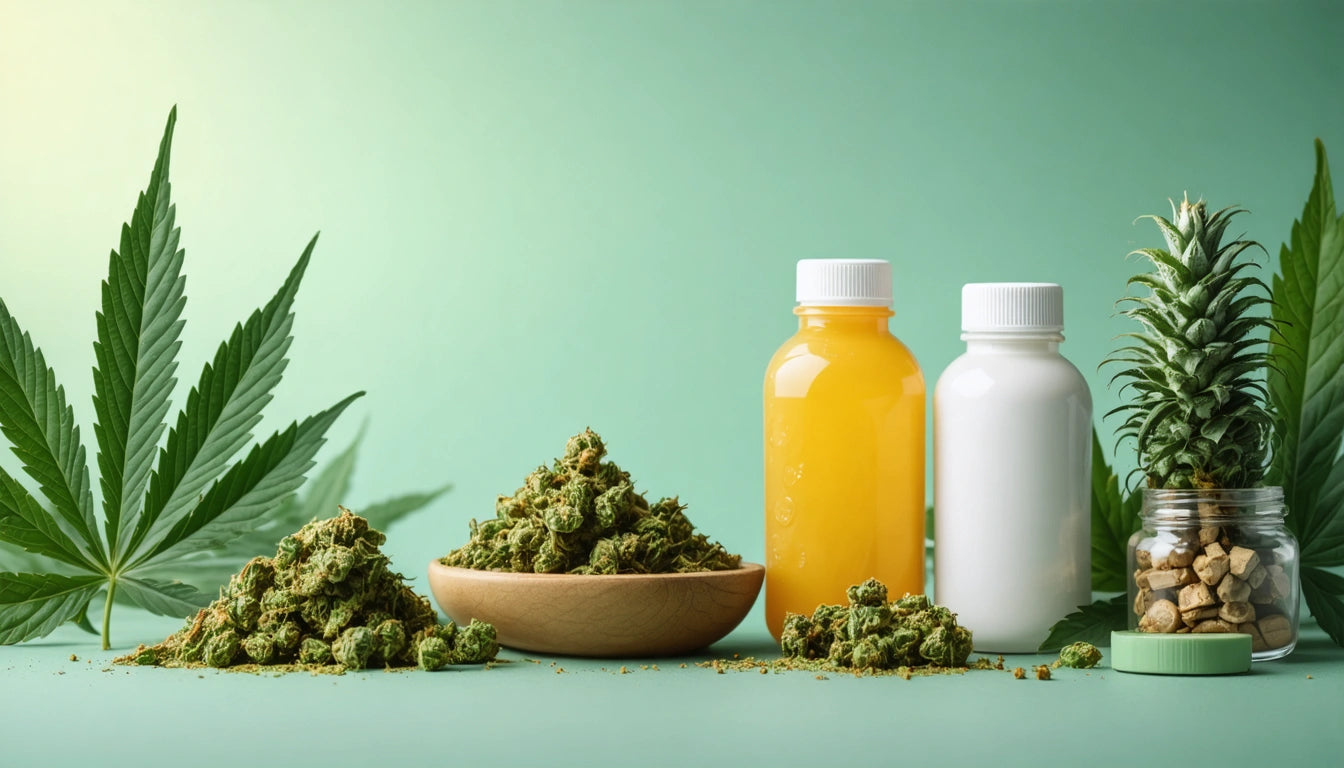Table of Contents
The cannabis edibles market continues to expand rapidly, with gummies, chocolates, and beverages leading consumer preferences. Effective packaging for these products must balance multiple priorities: regulatory compliance, product preservation, child resistance, and brand differentiation. This guide explores the best packaging options for each edible category while addressing critical considerations for manufacturers.
Essential Packaging Requirements for Cannabis Edibles
Cannabis edibles packaging must meet stringent requirements regardless of product type. Child-resistant features are mandatory across all jurisdictions, typically requiring packaging that passes CPSC testing protocols. Additionally, opaque materials are required in most states to prevent products from being visible and appealing to children.
Oxygen and moisture barriers are essential for preserving product quality and extending shelf life. Many manufacturers utilize high-barrier mylar pouches similar to those used for flower products but modified to accommodate the unique requirements of edibles. These materials provide excellent protection against environmental factors that can degrade product quality.
Optimal Packaging Solutions for Cannabis Gummies
Child-Resistant Pouches and Containers
Gummies are particularly susceptible to moisture loss and oxidation, which can affect texture and potency. Popular packaging options include:
- Resealable child-resistant mylar pouches with zipper closures
- Rigid plastic containers with child-resistant caps
- Blister packs with push-through barriers
Each option offers different benefits for brand presentation and product protection. Pouches provide excellent printable surface area for branding, while rigid containers offer superior physical protection and reusability.
Portion Control Considerations
Many manufacturers are moving toward individually wrapped gummies to address dosing concerns and support both microdosed and high-potency products. This approach helps consumers manage intake while providing additional moisture barriers for each piece.
Effective Packaging Options for Cannabis Chocolates
Chocolate products present unique challenges due to their sensitivity to temperature fluctuations and tendency to absorb odors.
Temperature-Resistant Materials
Effective chocolate packaging typically includes:
- Aluminum foil inner wrapping to prevent melting and contamination
- Rigid boxes with inserts to prevent breakage
- Child-resistant cartons with tamper-evident features
Many premium chocolate producers opt for packaging that mimics traditional confectionery presentation while incorporating the required safety features. This approach helps balance shelf appeal with regulatory compliance.
Specialized Packaging for Cannabis Beverages
Cannabis-infused beverages require packaging that addresses liquid containment, carbonation preservation (where applicable), and child resistance.
Bottle and Can Solutions
Common packaging formats include:
- Child-resistant caps for bottles with tamper-evident bands
- Custom aluminum cans with specialized opening mechanisms
- Single-serve pouches with child-resistant closures
Beverages often face additional regulatory scrutiny regarding their visual appeal. Manufacturers must carefully communicate flavor and product attributes without making the product appear too similar to non-cannabis beverages.
Navigating Compliance in Edible Packaging
Compliance requirements vary significantly by state and continue to evolve. Labeling requirements typically include:
- THC/CBD content per serving and per package
- Standardized warning symbols
- Ingredient lists and allergen warnings
- Batch and lot identification
Manufacturers operating across multiple states face particular challenges in creating packaging that satisfies different regulatory frameworks. Many are developing modular packaging systems that can be adapted to various markets without complete redesigns.
Common compliance pitfalls include insufficient opacity, inadequate child-resistance testing documentation, and failure to update packaging when regulations change. Regular compliance audits are essential for avoiding costly recalls and penalties.
Sustainability Trends Shaping Edible Packaging Innovation
As the cannabis industry matures, sustainability is becoming a key differentiator for brands. Sustainable packaging options are expanding, with innovations including:
- Plant-based plastics derived from hemp and other renewable sources
- Recyclable rigid containers with minimal mixed materials
- Compostable films for inner packaging components
The challenge remains balancing ecological concerns with regulatory requirements, particularly child resistance. Biodegradable and recyclable materials continue to improve in performance, offering brands more environmentally responsible choices without compromising safety or product protection.
The future of cannabis edible packaging will likely be shaped by these sustainability concerns alongside ongoing regulatory developments and consumer preferences for convenience and discretion. Brands that successfully navigate these competing priorities will establish themselves as leaders in this rapidly evolving market segment.











Leave a comment
All comments are moderated before being published.
This site is protected by hCaptcha and the hCaptcha Privacy Policy and Terms of Service apply.